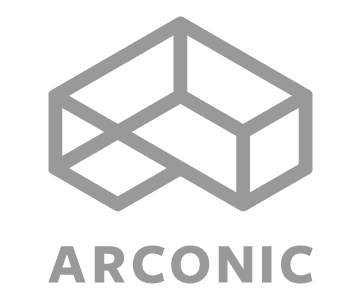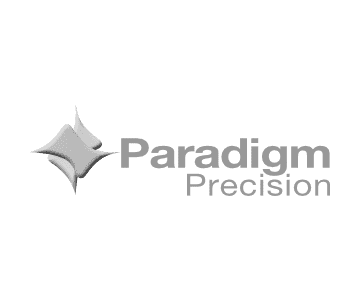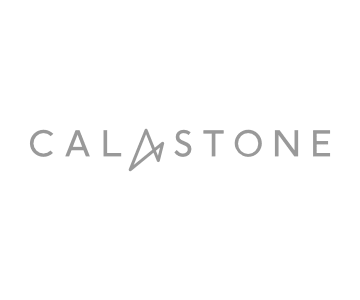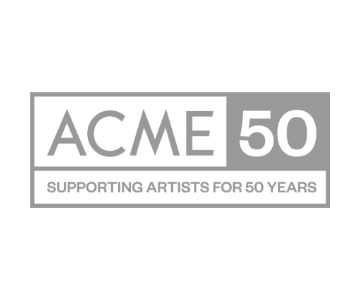What exactly is projection mapping?
Projection mapping has been a buzzword in events and exhibitions for quite some time. It’s an incredible technology that offers a range of opportunities to create visually stunning experiences for audiences. Over the past few years, we have seen some impressive examples of projection mapping used to create immersive environments that captivate and engage people.
So, what exactly is projection mapping? It’s a technique that involves projecting images or videos onto an object or surface to create an illusion of movement and depth. The result is a mesmerising visual experience telling stories or showcasing a product on any scale.
One of the most significant benefits of projection mapping is its versatility. It can be utilised in diverse settings and surfaces, from buildings to cars to sculptures. The possibilities are endless — as long as it is dark! Plus, it’s a great way to attract attention and create buzz around an event, product launch, or guerrilla/street marketing.

Events that have utilised projection mapping
Recent events and exhibitions that have used projection mapping significantly.
In January 2022, the Platinum Party at the Palace included vast projection mapping onto the Buckingham Palace facade, which millions worldwide saw on television — telling the Queen’s story, raising environmental awareness, and connecting the nation and world.
Another recent example of projection mapping in action is the ‘TeamLab Borderless’ exhibition in Tokyo. This immersive digital art installation features several rooms and spaces with unique projection mapping effects. For example, one awe-inspiring installation involves visitors walking through a room of hanging flowers projected onto the walls and floor to create an incredible, immersive experience.
Projection mapping technical and creative challenges
Now, let’s dive into the technical details of projection mapping. While it offers many opportunities, there are also some limitations to consider.
One of the biggest challenges with projection mapping is the need for high-powered projectors and the space required to accommodate them. Plus, the surface the projection is mapped onto should be reflective (light in colour) to ensure the best possible image quality. The brighter the projector, the better the image quality and the higher the cost. Plus, the projector needs to handle the size and complexity of the media content at very high resolutions from multiple sources.

For the outdoor event, the infrastructure is critical. The projectors are extremely sensitive to heat and humidity and require specialist enclosures. Also, the energy needed for this equipment shouldn’t be underestimated, especially in remote or difficult-to-access environments.
Despite these challenges, projection mapping is an excellent way to create memorable experiences for audiences. It’s a fantastic medium for telling stories, showcasing a product, or entertaining people.
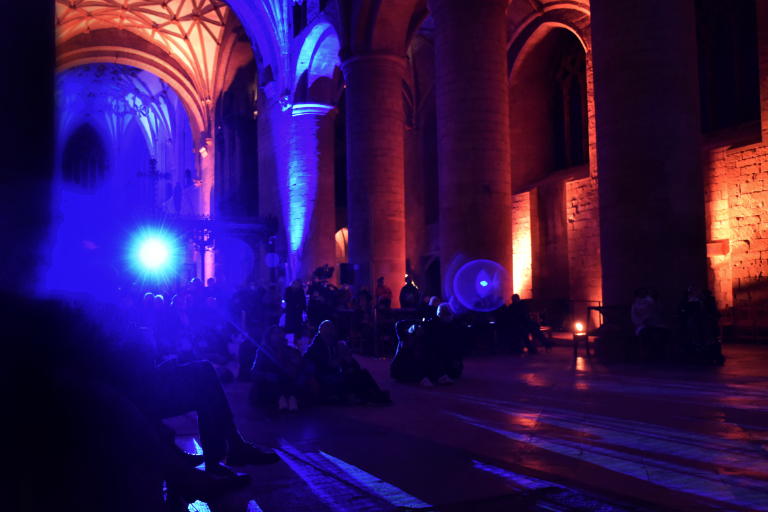
In conclusion, projection mapping offers a range of opportunities for businesses and event planners to create visually stunning experiences for audiences. It’s a versatile and powerful technology that can be used in various settings, from large-scale events to smaller product launches. While there are some technical challenges to consider, the benefits of projection mapping far outweigh the limitations. So, if you want to captivate and engage your audience, entertain projection mapping as your next creative solution.













